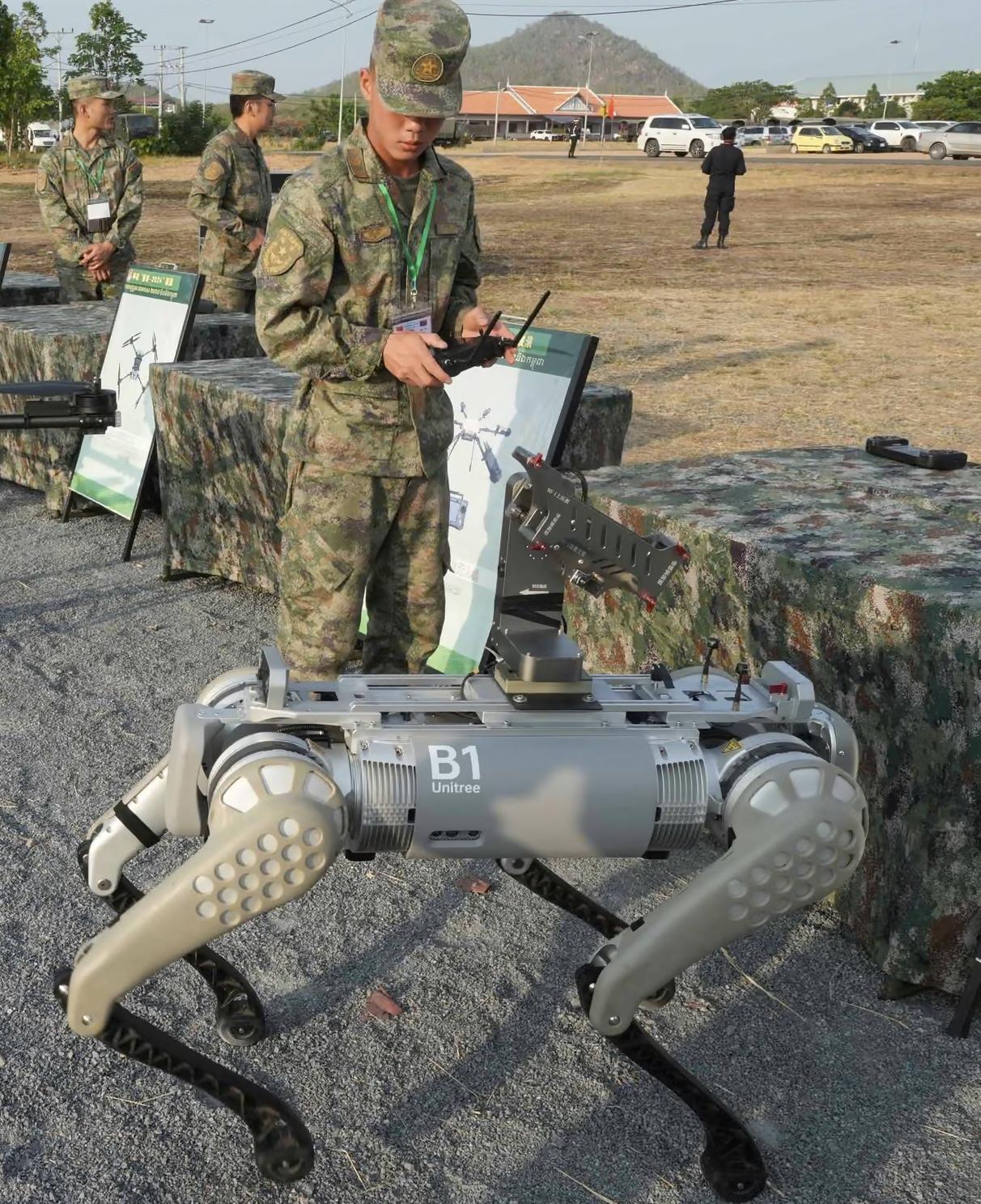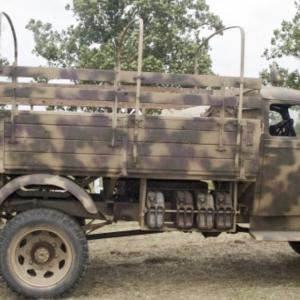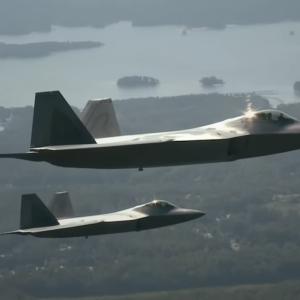
Robot dogs
In a significant and unsettling development in modern warfare, China has begun testing robotic dogs equipped with military-grade weapons, signaling a new phase in the integration of artificial intelligence (AI) and autonomous systems into combat operations. These robot dogs, designed to carry rifles and other weapon systems on their backs, represent a fusion of advanced robotics, AI, and battlefield automation — technologies that are reshaping military strategy in the 21st century.
The quadrupedal robots resemble real dogs in form and movement, capable of traversing rugged terrain, climbing stairs, and maintaining stability under various environmental conditions. Videos released by Chinese state-affiliated media show these robo-dogs carrying automatic rifles and patrolling alongside human soldiers, suggesting potential uses for reconnaissance, urban combat, and frontline support. The robot dogs can be remotely operated, but they are also equipped with AI capabilities that allow for semi-autonomous navigation and threat detection, minimizing human intervention during missions.
According to Chinese defense analysts, these robotic systems are being developed for deployment in high-risk environments, such as narrow urban battlefields or indoor spaces where human soldiers may be vulnerable. The integration of firearms onto mobile robotic platforms makes them a potential force multiplier, offering both offensive firepower and surveillance capabilities in one compact unit.
This move by China is part of a broader global trend where militaries are investing heavily in unmanned and AI-enhanced technologies. While the U.S., Russia, South Korea, and other nations are also experimenting with similar robotic platforms, China’s advancement in this area reflects its ambition to lead in military AI and unmanned warfare.
However, the rise of armed robot dogs raises serious ethical and security concerns. Experts warn about the potential for misuse, accidental engagement of non-combatants, and the escalation of conflicts due to autonomous weapon systems. There is an ongoing debate within international forums about the need for regulations or treaties to govern the deployment of lethal autonomous weapons.
As this technology moves from testing grounds to real-world applications, the battlefield of the future is rapidly taking shape — one where machines not only assist but may also make critical decisions in life-and-death situations. China's deployment of robotic dogs with weapons marks a pivotal moment in this evolution and underscores the urgent need for global dialogue on the role of AI in warfare.










